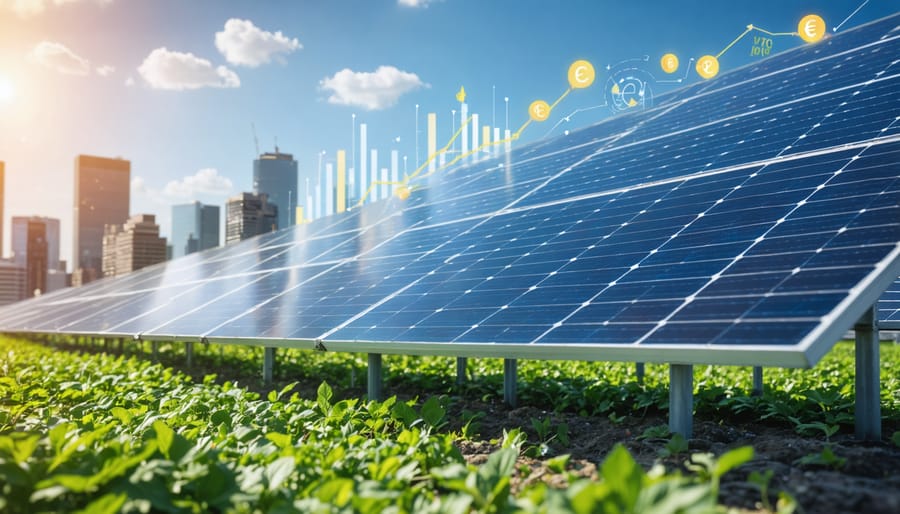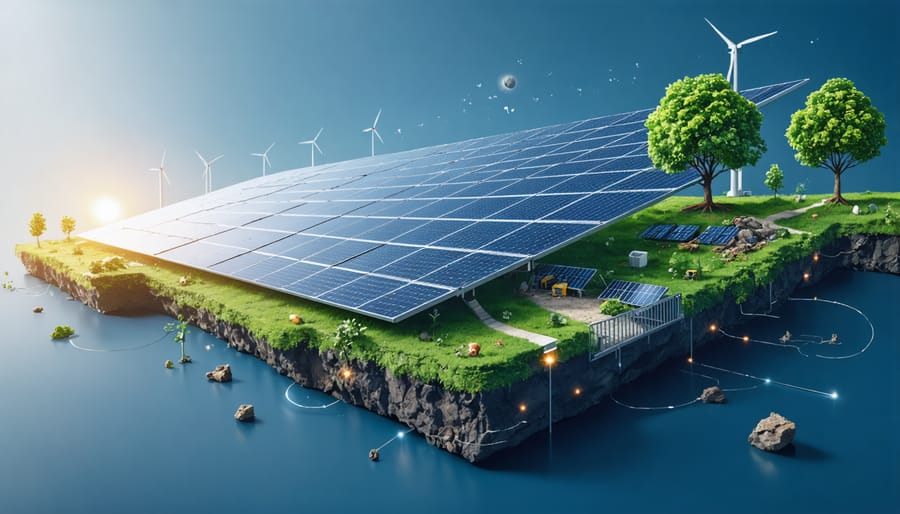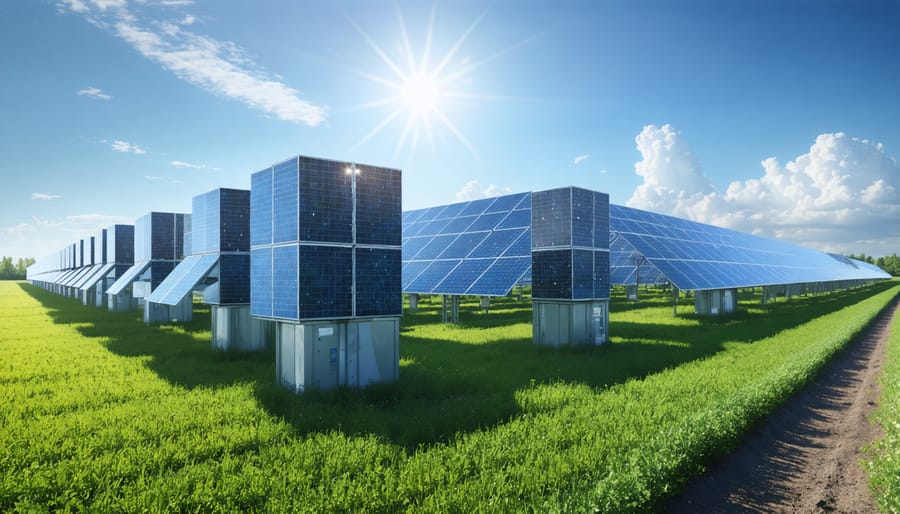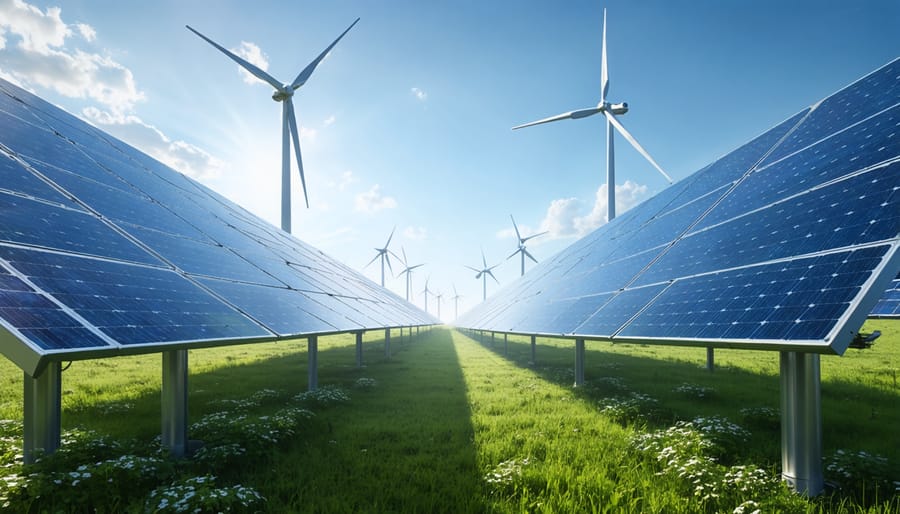Mastering risk management in solar projects demands a strategic blend of foresight, technical expertise, and systematic planning. From protecting multi-million euro installations to safeguarding long-term returns, effective risk management forms the cornerstone of successful solar investments across Europe. Today’s solar project developers face an increasingly complex landscape of technical, financial, and environmental challenges—yet these risks can be systematically identified, assessed, and mitigated through proven techniques. Whether you’re developing utility-scale solar farms in Spain or commercial rooftop installations …
These Risk Management Techniques Keep Your Solar Project Safe (And Profitable)









